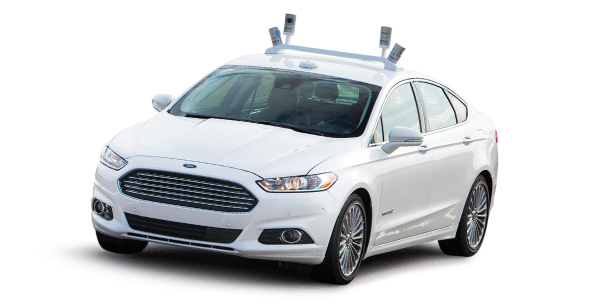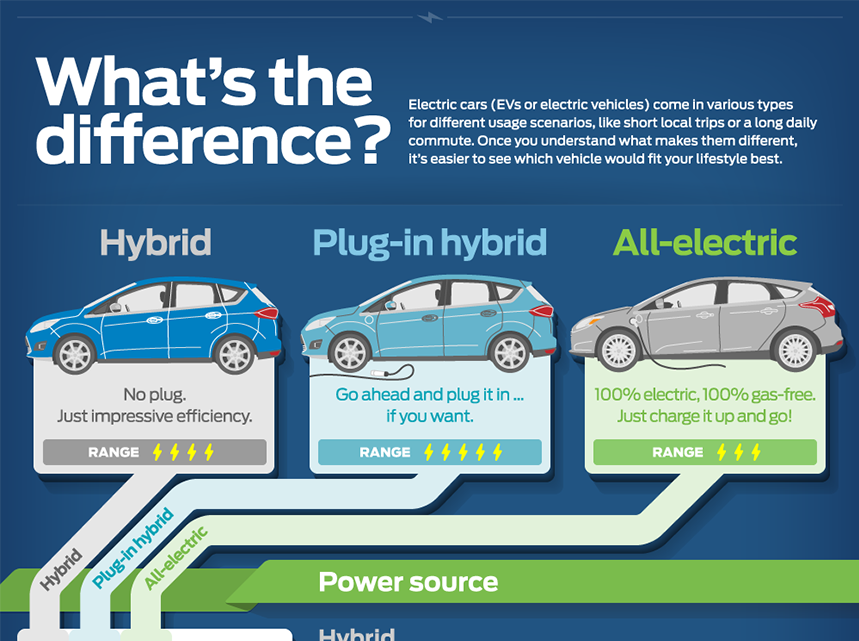FORD TEAMS UP WITH FOUR UNIVERSITIES TO ENGINEER A MORE INTUITIVE VEHICLE
Ford has consistently established itself at the vanguard of automotive technology, often through its alliances with cutting-edge engineering departments at universities around the world.
Now, researchers at four universities are tackling the gray area between human and automated driving. “There’s the concept of having a virtual driver,” says Greg Stevens, Ford global manager of Driver Assistance and Active Safety Research. “In the future, we’ll effectively have a virtual driver sharing the driving tasks with us.”
Engineers from Ford and the University of Michigan have developed a Fusion Hybrid automated research vehicle with Light Detection and Ranging (LiDAR) sensor “eyes” that take 2.8 million measurements per second. The sensors bounce lasers off physical surroundings and measure the returning light, effectively generating a three-dimensional map of the vehicle’s surroundings.
Massachusetts Institute of Technology researchers are developing algorithms that allow the car to predict the trajectory of other vehicles and pedestrians in its path, thereby avoiding collisions. At Stanford University, researchers are working to give a virtual driver the ability to automatically maneuver to see around objects like large trucks on the road.
Meanwhile, Aachen University is focused on keeping drivers engaged, exploring the best cues for informing the human driver what the virtual driver plans to do next.
Learn more: http://www.myfordmag.com/innovation/fusion-hybrid-automated-driving-research




